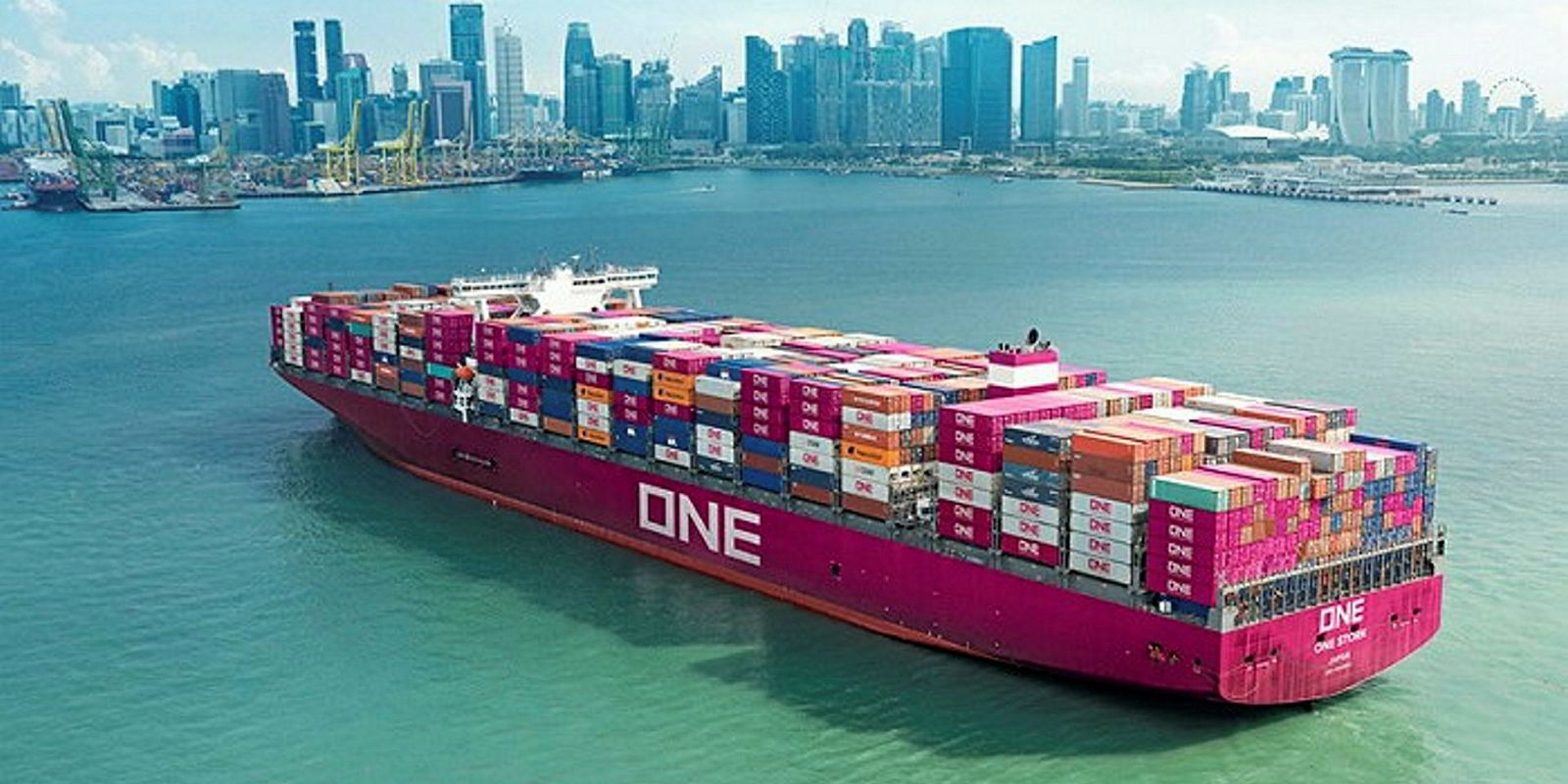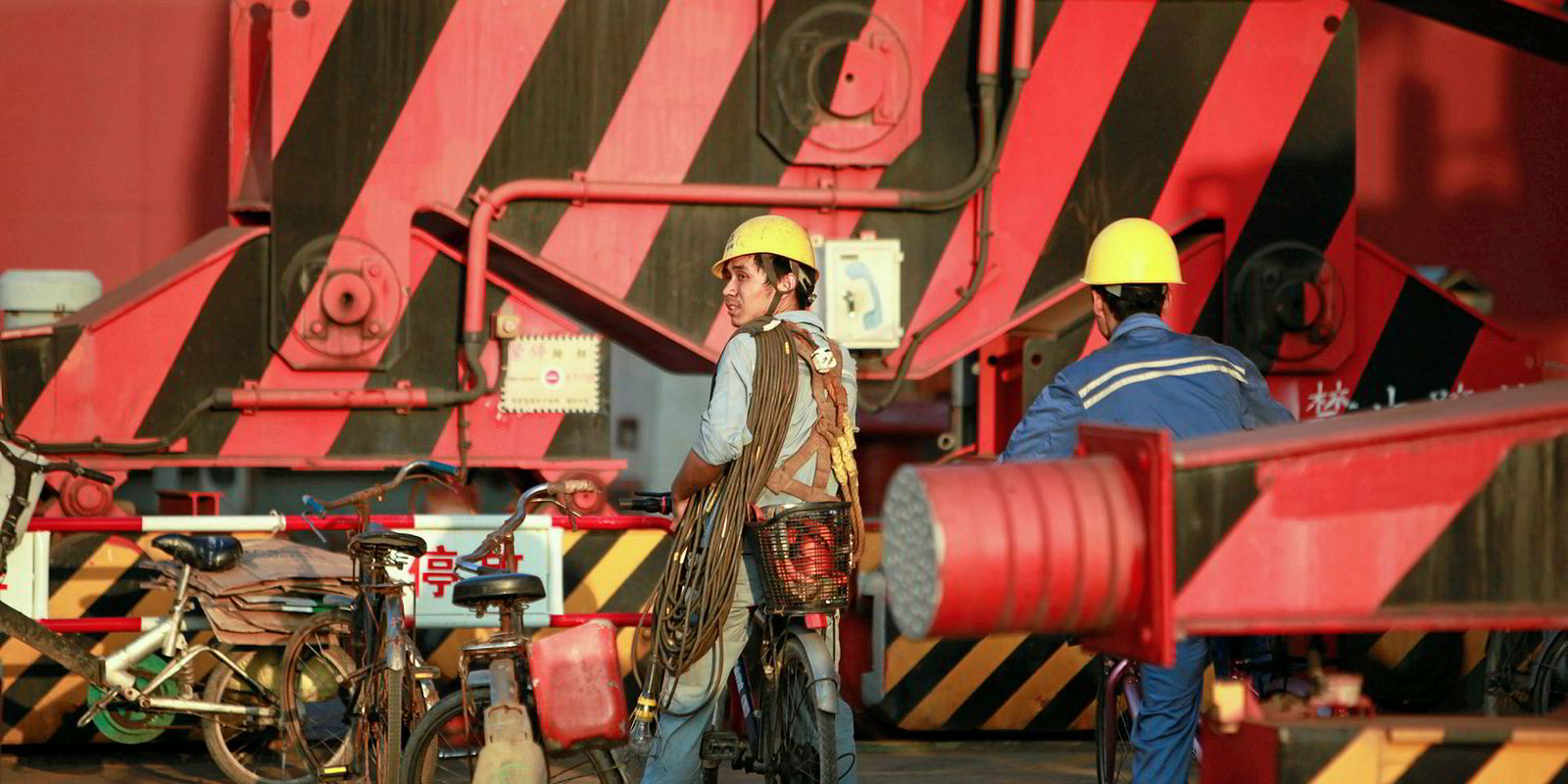Spot and charter rates in the reefer sector are holding steady, but a cascade of tonnage from fruit trades into other reefer segments threatens to limit the potential for a rate increase as the reefer market enters peak season.
The weekly Irish Shipbrokers (ISB) Reefer Index, which measures spot and charter rates for 260,000-cbf and 470,000-cbf reefers, closed at 1,235 points at the end of October, down just 2% year-on-year.
It is the first time the index has remained above the 1,000 point mark for a 12-month stint in almost four years, up from a record low of 734 points in April 2016.
Market revival
The stability in rates reflects a "consolidation" of the recovery that started in the second half of 2017, according to Seafield, the reefer desk of ISB.
But conventional reefer trades, which typically carry fish, frozen cargoes, bananas and other fruit, are struggling to gain upward traction.
That is partly due to the cascade of larger reefer tonnage from the fruit trades into the frozen reefer trades.
Seafield founder Glenn Murphy said the change has been due to the gradual disappearance of the core spot trade in bananas from Ecuador, which, he added, is presenting capacity issues for the wider reefer market.
Banana trades from Central and South America into the Mediterranean and Baltic have traditionally driven spot-fixing activity for conventional reefers in excess of 400,000 cbf.
But a gradual movement of reefer cargoes into containers has resulted in a steady reduction in the volume of spot business over the past three to four years.
Worsening trade conditions for bananas shipped from Ecuador to key markets, such as Turkey and Iran, have meant less spot chartering activity.
This has resulted in bigger reefers being deployed on Baltic trades.
Murphy believes the shift is temporary. He expects larger reefers will eventually return to the banana trades once that market improves.
Surplus capacity
But growing competition from the container shipping segment has left operators of tonnage in the larger reefer segment with surplus capacity.
Reefer scrapping has risen on the back of strong demolition prices and a fleet with an average age of 27 years.
Some 27 reefers with a total capacity of 10.5 million cbf have been recycled so far this year, compared with 26 reefers with a total capacity 10.1 million cbf in the whole of 2017.
Most of the demolition is in large reefers of more than 400,000 cbf that traditionally serve the fruit trades.
The result has seen a further shrinking of the reefer fleet in excess of 100,000 cbf to 601 vessels, down from 635 in 2017 and 650 in 2016.
The cascade of younger tonnage from the fruit trades into the frozen trades puts them in competition with small to midsize reefers for fish and other frozen cargoes.

Up until recently, this [cascading] had scarce long-term effects on the frozen trades as it remained sporadic and largely during off-peak periods in the fruit trades only
“Up until recently, this [cascading] had scarce long-term effects on the frozen trades as it remained sporadic and largely during off-peak periods in the fruit trades only,” Murphy said.
Concerted cascading
But he questioned whether the prospect of surplus capacity in the larger reefer segment has led to a more concerted cascading of larger tonnage into the frozen fish trades in the Baltic region.
“Operators utilise lower unit costs and larger parcel sizes to compete with the small-to-midsize vessels,” he said.
So far, rates for small and medium-size ships of 100,000 cbf to 300,000 cbf have weathered the storm.
Demand for fish and squid helped trigger a 20% uplift in the freight market in 2018 compared with 2017.
That has kept demolition levels low, with just six vessels scrappped with capacity of just over one million cbf.
Just nine vessels of between 150,000 cbf and 300,000 cbf are scheduled for delivery before the end of 2019.
Given the ageing fleet and continued requirement for tonnage in the frozen trades, the absence of investment in new capacity is a cause for concern, said Murphy.






